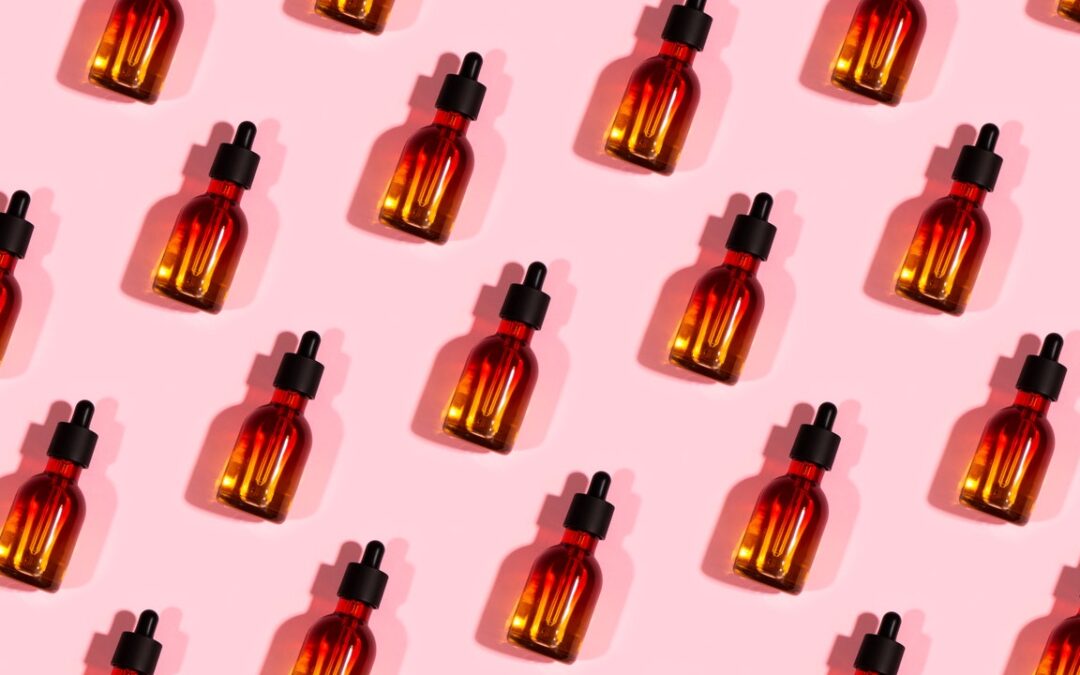UPDATE (October 10, 2023): Three years after California passed the Toxic-Free Cosmetics Act, which bans certain ingredients (formaldehyde and mercury among them) from personal-care products sold in the state by 2025, a new bill seeking to expand that ingredient list has been signed into law by Governor Gavin Newsome.
The bill, which was introduced by Assemblymember Laura Friedman in February and passed in the state senate in September, declares that “no person or entity shall manufacture, sell, deliver, hold, or offer for sale in commerce any cosmetic product that contains” another 26 ingredients as of January 1, 2027.
The ingredients that will no longer be allowed starting in 2027 are: lily aldehyde, acetaldehyde, cyclohexylamine, cyclotetrasiloxane, phytonadione, sodium perborate, styrene, trichloroacetic acid, tricresyl phosphate, vinyl acetate, 2-chloracetamide, allyl isothiocyanate, anthraquinone, malachite green, oil from the seeds of Laurus nobilis L., pyrogallol, C.I. disperse blue 1, trisodium nitrilotriacetate, numerous boron substances, C.I. disperse blue 3, basic green 1, basic blue 7, 3(or5)-((4-(benzylmethylamino)phenyl)azo)-1,2 -(or1,4)-dimethyl-1H-1,2,4-triazolium and its salts, basic violet 4, basic blue 3, and basic blue 9.
“Personal care products and cosmetics should be nontoxic for everyone,” Friedman said in a statement released by the Environmental Working Group (EWG), which sponsored the bill. “Every day, Californians use soaps, shampoos, makeup, and other personal-care products without realizing that those products could contain chemicals that present serious health risks.”
However, when Allure reviewed the above list with cosmetic chemist Perry Romanowksi, he said that many of the ingredients aren’t used in cosmetics, while others aren’t used at levels that have ever been shown to cause harm when included in topically applied products.
“Styrene might be found in some types of polymers [typically, emulsifiers or thickeners] in cosmetic products, but nobody would use styrene itself,” Romanowski gives as an example. Once styrene becomes a polymer — it is turned into polystyrene — it no longer has the chemical composition that is allegedly dangerous. Another example: boric acid. “That’s something that’s used in insecticides,” he says, explaining that it hasn’t been legal to use in cosmetics “in forever.”
Friedman noted that the European Union prohibits almost 2,000 chemicals in cosmetic products — a statistic that is often referenced. But it can be misleading, according to Romanowski. “If you look at the products sold in Europe and you compare them to the products sold in the United States, they’re almost identical in the chemicals that are used,” he says. (The only exception is sunscreen, in which case the U.S. is actually the more restrictive of the two, he explains.)

